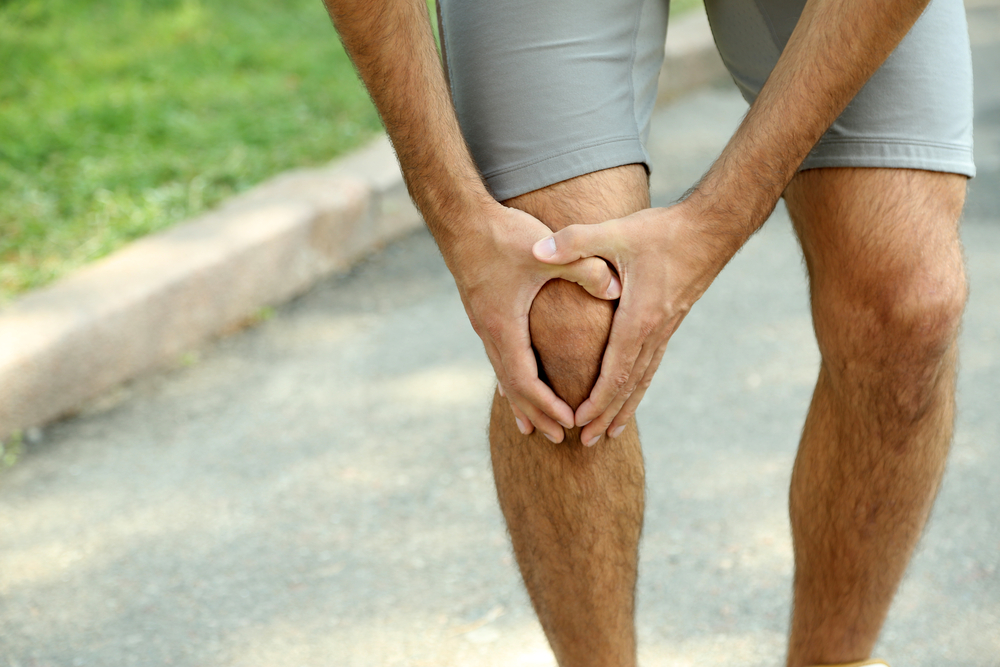
Platelet-rich plasma (PRP) therapy is a form of treatment that uses blood extracted from one’s own body. The aim of the procedure is to increase the platelet concentration in your blood. The number of platelets in the blood plasma determines the rate at which wounds heal. These blood components are primarily used by the body to clot open wounds. Once the body incurs an open wound, the platelets are exposed to air. This activates platelets and the fibrin threads to form a meshwork which traps blood cells and plasma forming a blood clot.
On top of this, they possess proteins known as the growth factors which facilitate the healing of injuries. Normally the blood contains 6% platelets, 1% white blood cells and 93% red blood cells. In PRP therapy, the platelets are upped to over 90% percent while the red blood cells are lowered. Using one’s own blood will aid avoid the risk of transmittable infections such HIV and hepatitis.
The procedure
To obtain the platelet rich plasma therapy, the patient’s blood is collected and separated in a centrifuge. The blood plasma poor in platelets is dissociated from the plasma containing the platelets, red blood cell, and white blood cells. Next, the doctors then eliminate the red blood cells also called erythrocytes from the platelet filled plasma and the resulting liquid is injected into the site of treatment.
Uses of PRP Therapy
This procedure is used mainly in the treatment of injuries to quicken the healing process and also alleviate pain. The use of this therapy in treating injuries helps slow the degeneration of injured tendons in the body. It is regenerative and can help affected people avoid surgery in some serious cases. So far PRPT has been effective in treating the following injuries.
Muscle injuries
Most patients seeking this treatment are sportspeople due to the frequency of muscle tears and acute ligament damages. The PRP therapy helps shorten the healing period to get the athletes back on their feet as soon as possible.
Osteoarthritis
The PRP therapy is effective in treating this condition by activating the healing of cartilages and minimizing the pain involved. This allows the joint to heal and slowly regenerate. It also helps minimize tendon inflammations such as the jumper’s knee and tennis elbow. The use of this treatment can help in patients avoiding having to undergo surgery. However, this will depend mainly on the extent of the injury.
Surgical wound healing
The PRP therapy helps hasten the healing of surgical wounds. The most common corrective surgery in sports involves the anterior cruciate ligament. It takes months for athletes to get back to competitive fitness after undergoing surgery and PRP therapy is being explored as a possible way to reduce the amount of time needed to recuperate.
The treatment procedure is becoming very popular in the world due to its safe and reliable results. It is a non-invasive form of treatment and this appeals to people who are after near natural results. This is a great procedure to consider for any person suffering from chronic injuries or pain incurred during physical activities.
